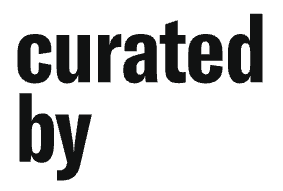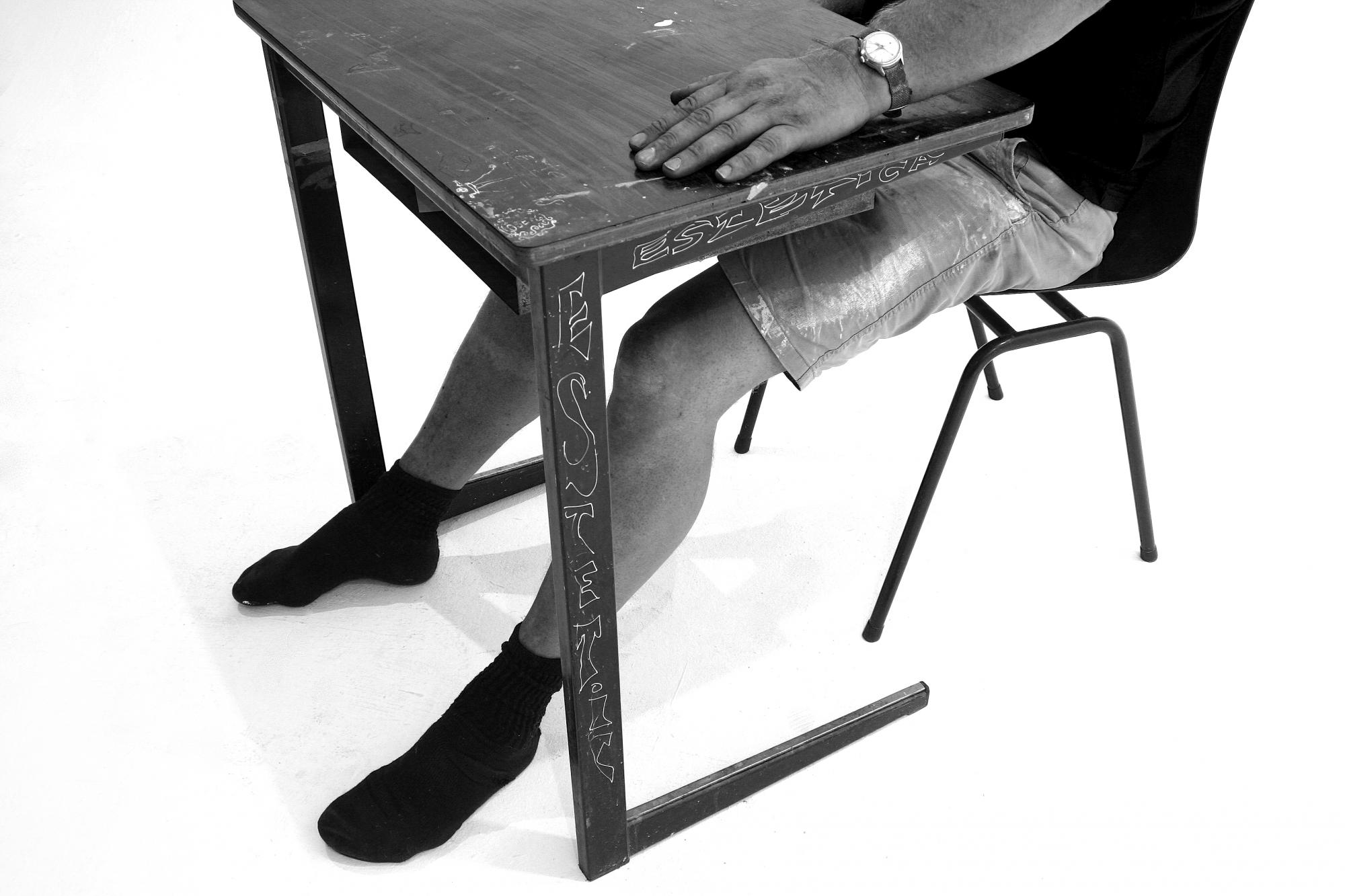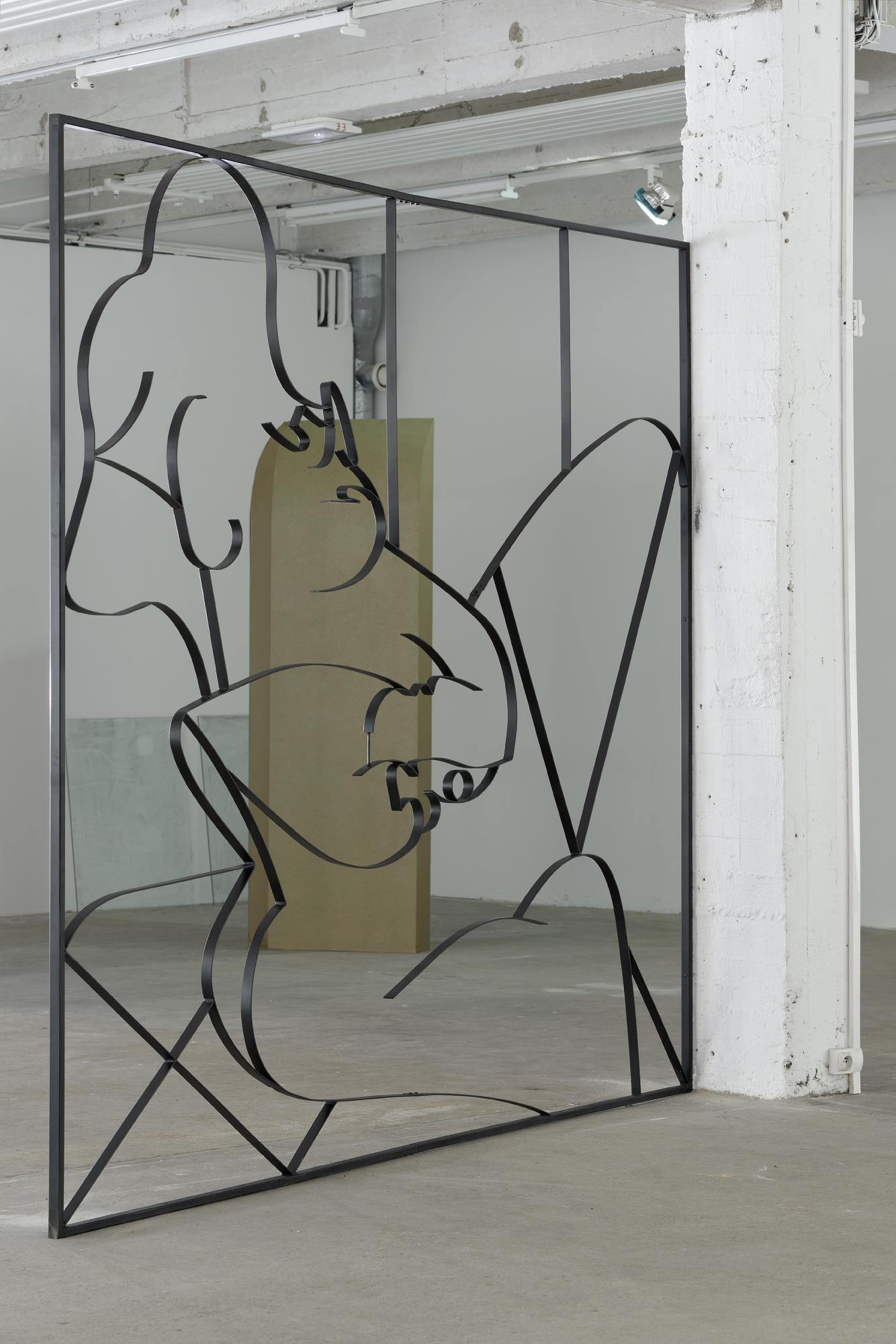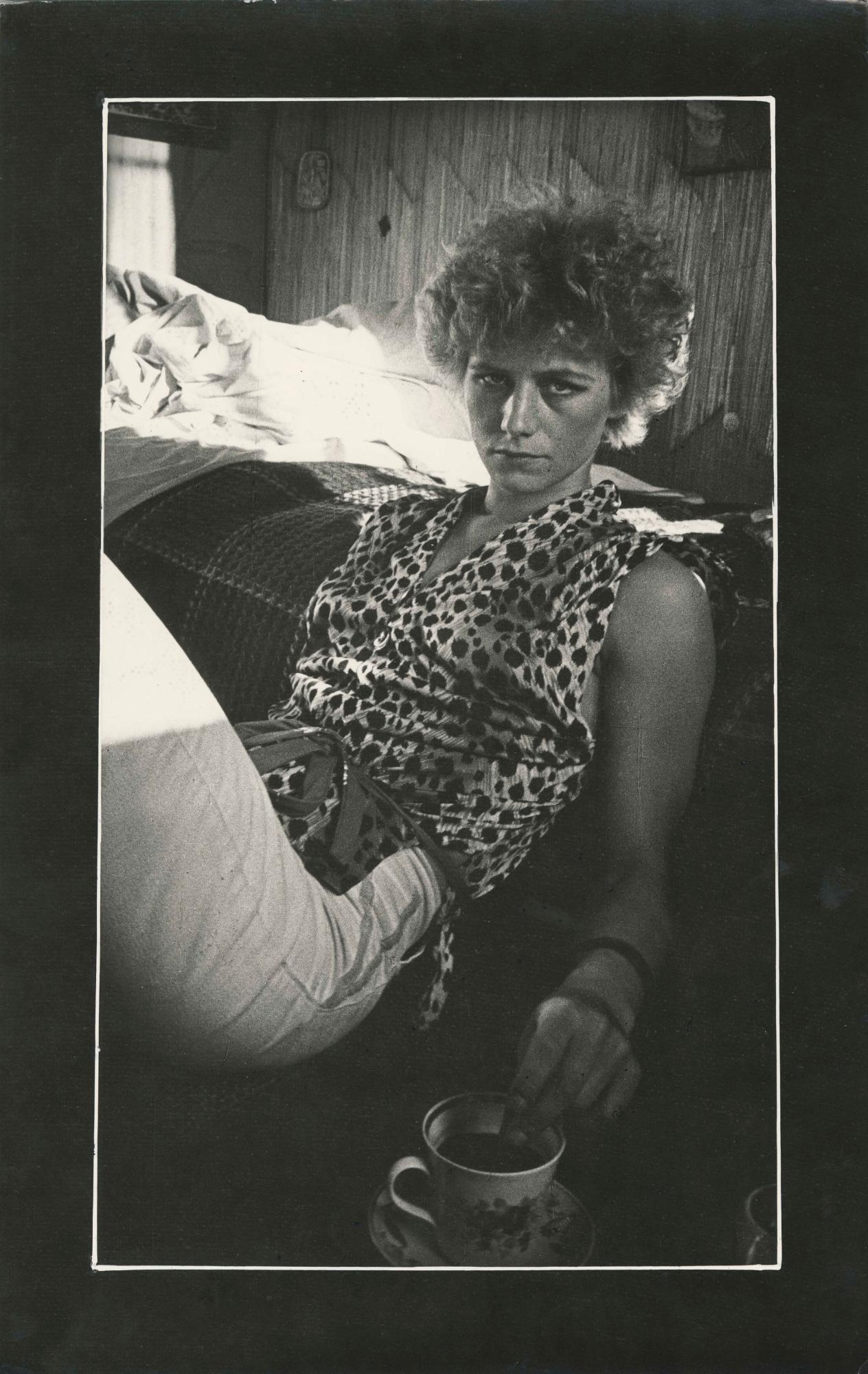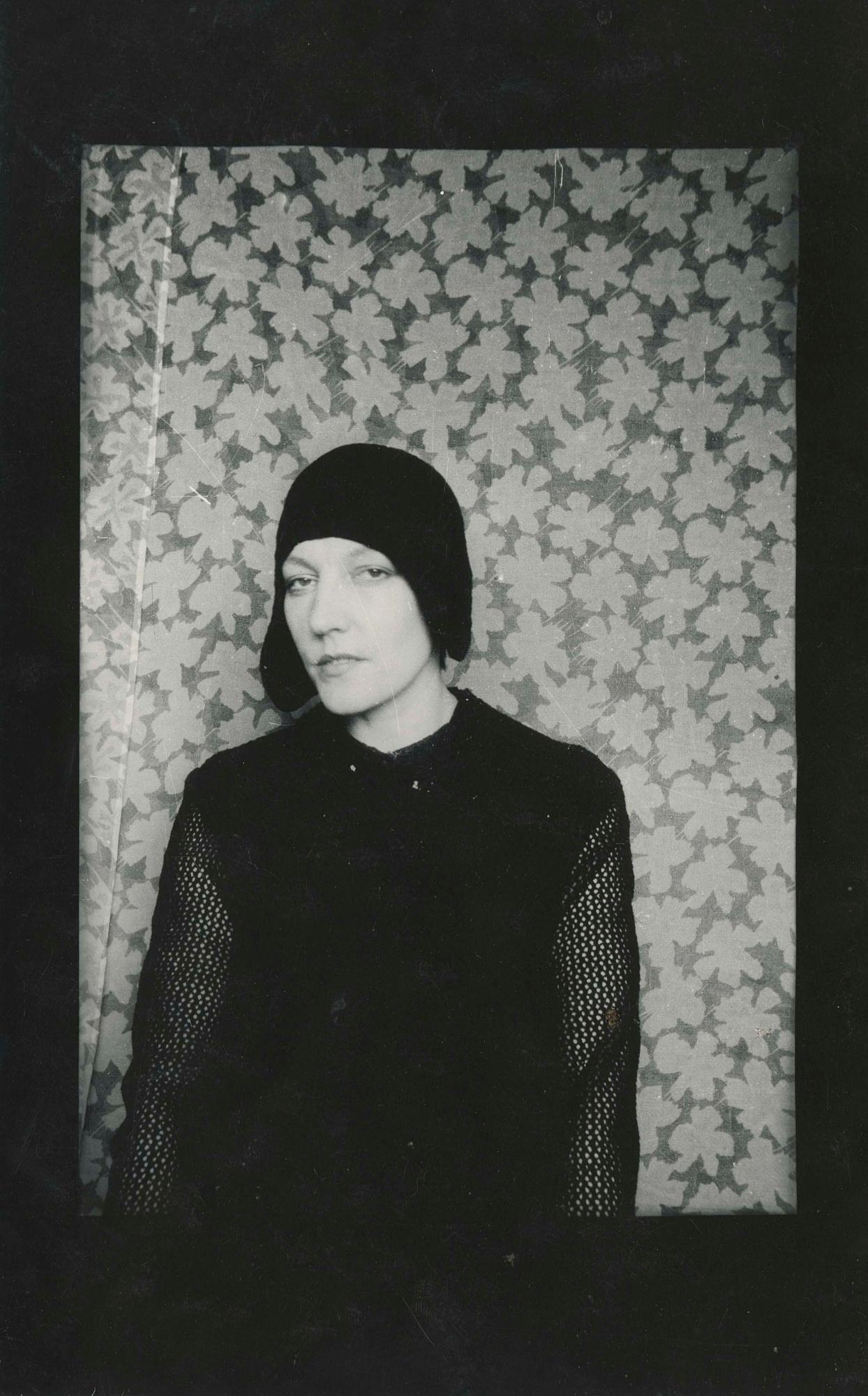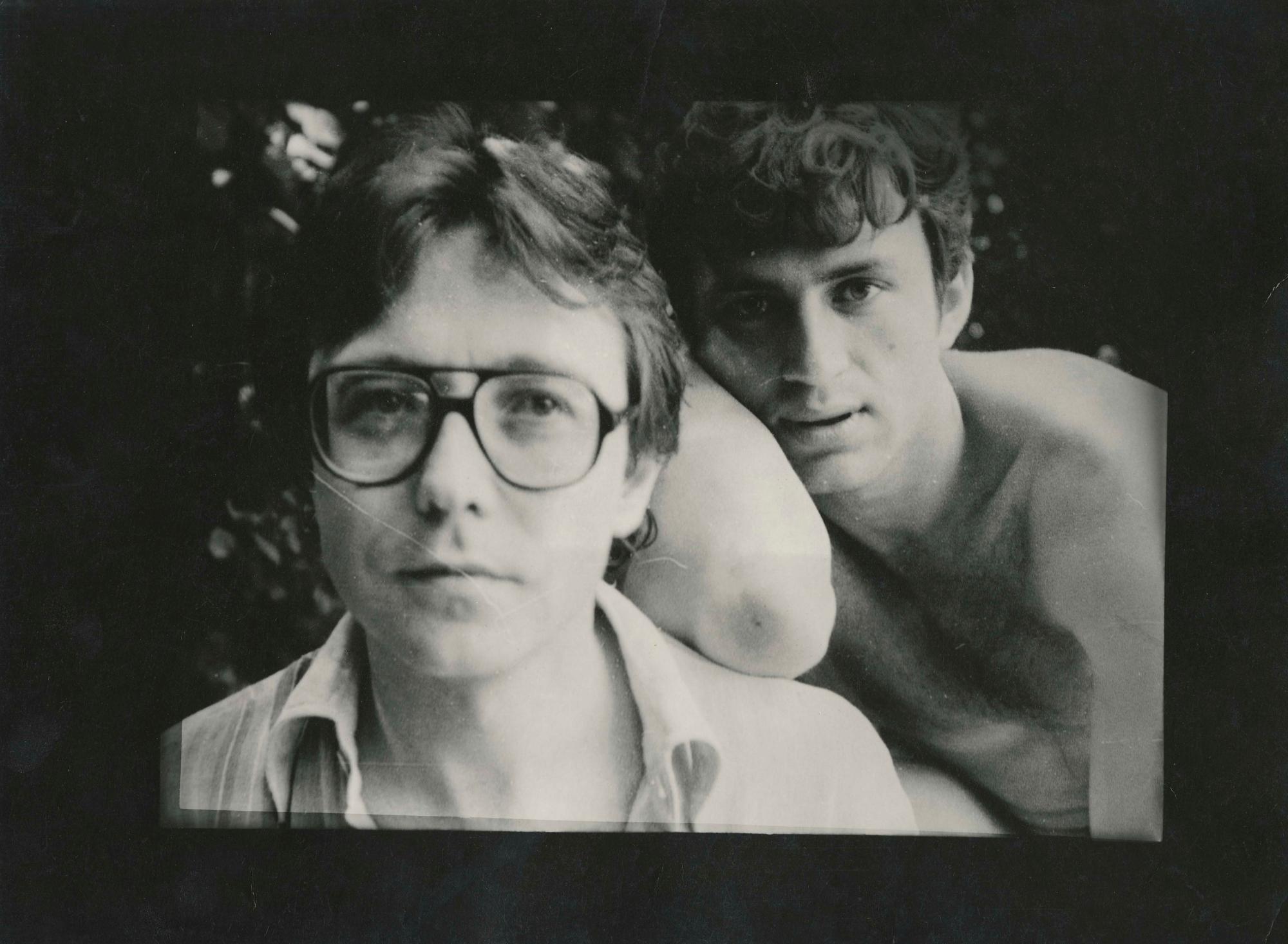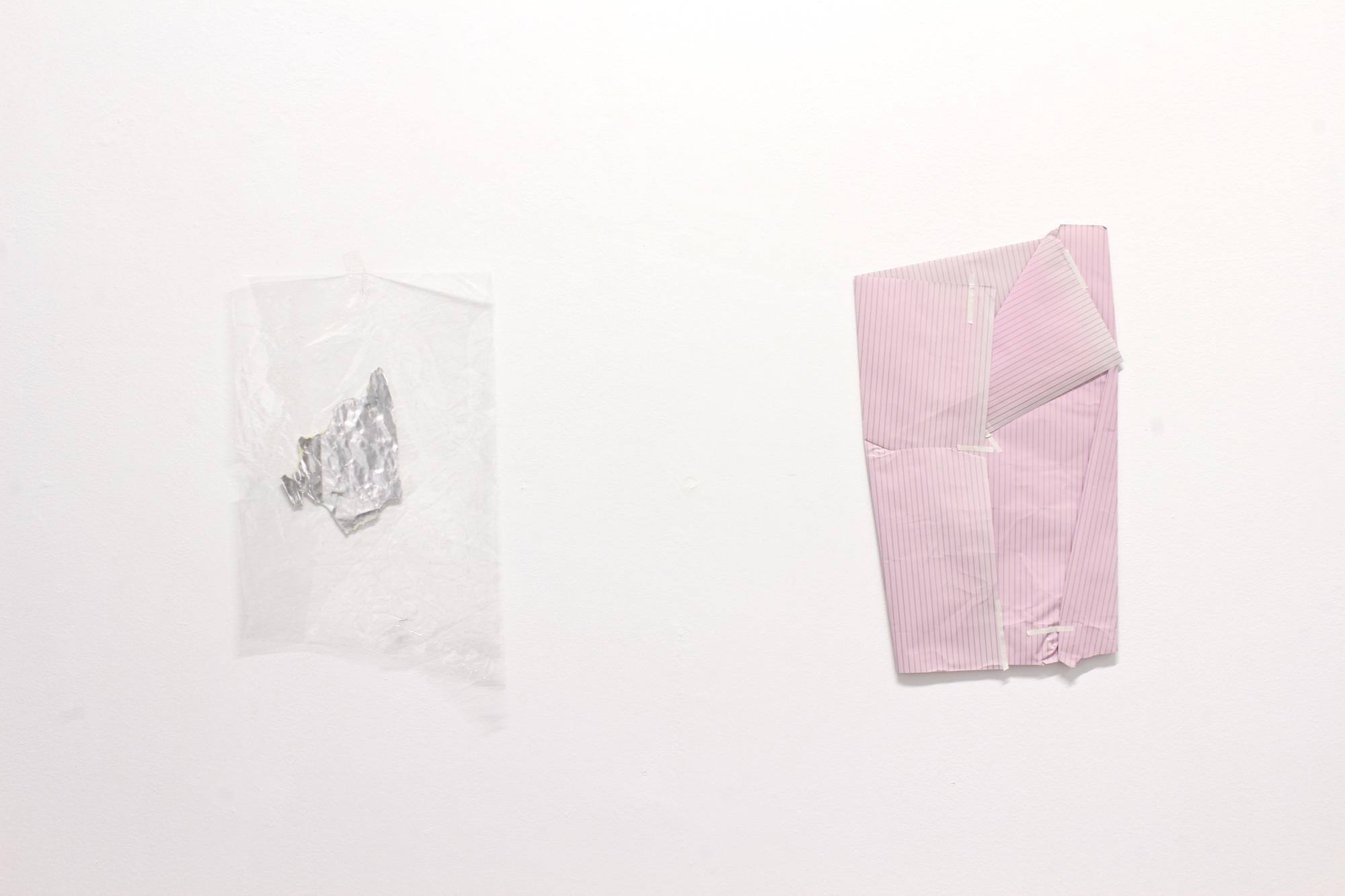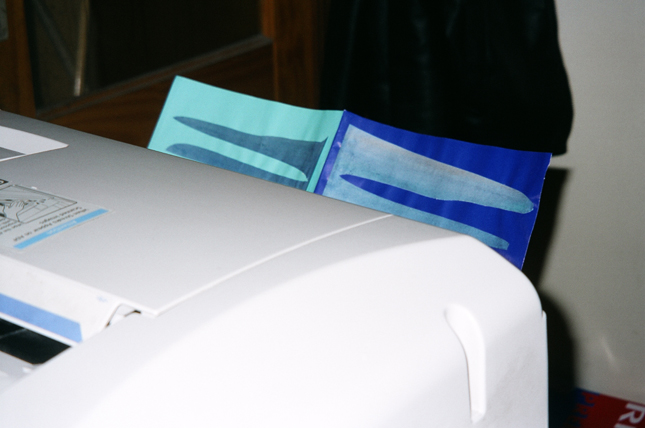GIANNI MANHATTAN curated by Adomas Narkevičius
„The Prompt“

www.giannimanhattan.com
Curator(s):

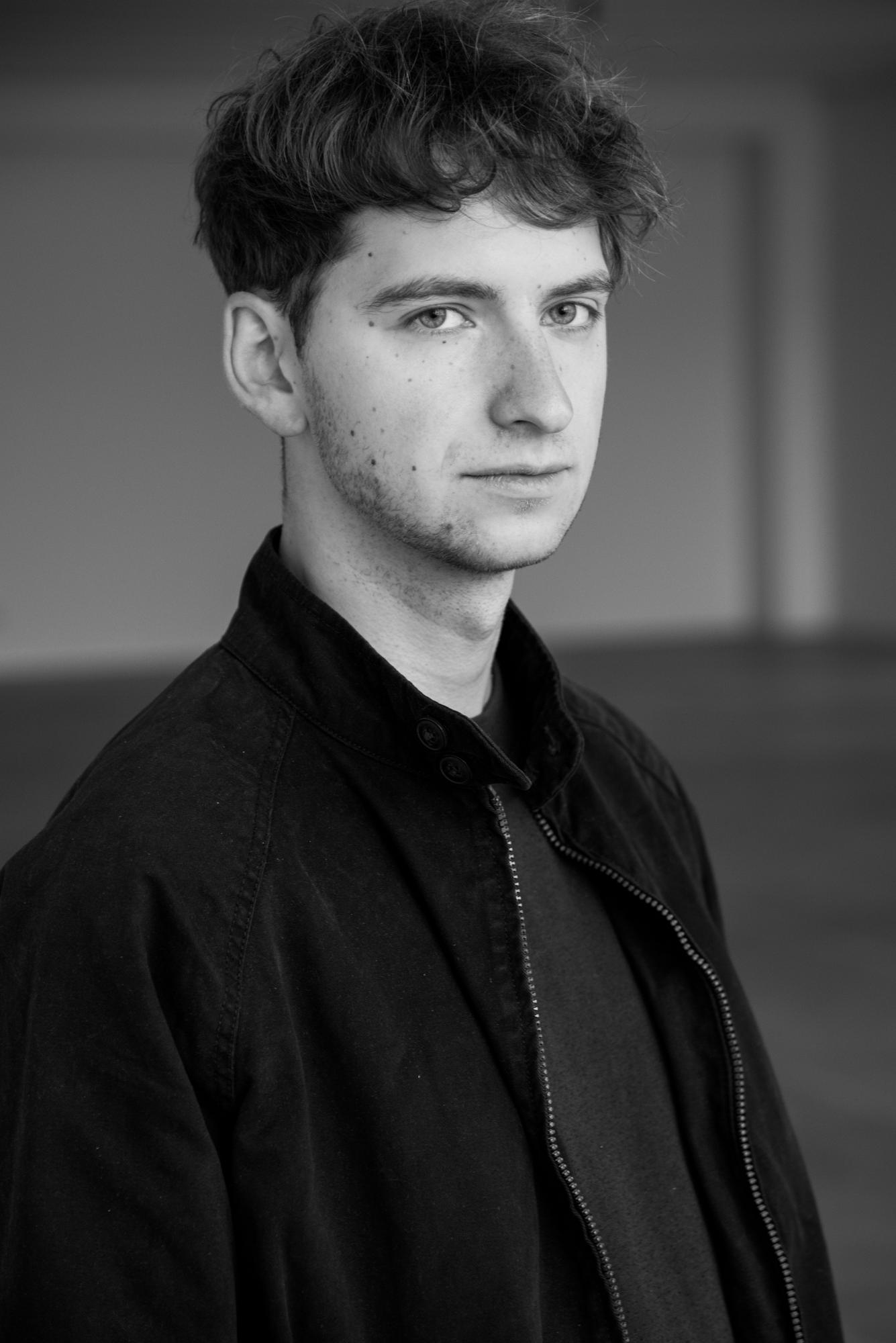
Artist(s):
- Ola Vasiljeva
- Milda Drazdauskaitė
-
Elena Narbutaitė More*1984 lives in Vilnius
Exhibition text
More
It’s your turn to speak and you’re given the cue. On other occasions you go – why am I being asked now? Of course, not all prompts are given out by others, at least not directly. One form of such an auto-prompt is špargalkė (a bastardised Lithuanian version of шпаргалка). A cheat sheet for an exam, its contents as well as its form depend on the imaginative ways in which it will be imminently and covertly used. Any scrap of paper, špargalkė rolls around a pen, folds many times to fit the trousers’ pocket or simply juts out of the sleeve of a (tactically oversized) school uniform. And yet, prompts operate in enclosed systems – the limits of their possible expression are pre-determined.
"No," says the teacher after thinking for a moment, "I haven't seen Ernesto."
"No one sees him!" says Ernesto's father. "It's as if he didn't exist!"
…
"Ah! Ernesto!" says the teacher. "I don't recognise you."
"Well I recognise you," says Ernesto.
"You see?" sighs his mother. "You see what he's like?"
Five or six years back a Lithuanian friend of mine was studying at a distinguished European university for Political Sciences. For two years, she had been analysing the day-to-day operations and decision-making processes of the European Commission and Parliament. An underlying pattern became apparent: assertions of the ‘Eastern’ European member states in regards to Russia’s involvement in EU politics and energy infrastructure were repeatedly dismissed as paranoid at worst, and unpragmatic at best. In her dissertation, she sought to argue that while all members have an equal weighting in the decision-making process de jure, de facto it was far from the truth. The supervisor kindly recommended to stop pursuing this thesis as her claims were ‘unverifiable’, thus, the thesis unworkable. The supervisor refused to learn. Verification came belatedly, verifying my friend’s thesis as verifiable after all.
Through The Prompt, Ola Vasiljeva’s sprawling installation doubles the one who refuses to learn, alluding to the complacency and naivete of the Western ‘subject of knowledge’, attributes this subject routinely passes onto others. First exhibited in 2015, the work refers to Marguerite Duras’ children’s story Ah! Ernesto! and its film adaptation En Rachâchant by Jean-Marie Straub and Danièle Huillet. Its protagonist is schoolboy Ernesto. He, much to the dismay of his teacher and parents, refuses to learn what he does not already know.
On graduation day from the Civil Engineering Faculty in April 1972, documented through a series of photographs, Milda Drazdauskaitė (1951–2019) walks in a suit and chic shades through an empty Vilnius city centre, carrying a folder with the diploma firmly in hand as if it were a top-secret document. The artist’s irreverence befuddled equally her late Soviet-era contemporaries and the narrators of the recent past in post-independence Lithuania. Recently recovered ‘private’ DIY photo books, in which from the 1970s onwards Drazdauskaitė presented significant feminist performances to the camera, help contextualise the body of work the photographer left behind.
Drazdauskaitė mocks a myriad of untenable, or simply unfulfilling ways of life that the Soviet society granted. She performs as an engineering graduate (a biographical fact), a milkmaid, and a soldier. Her prints in The Prompt underline the blind spots of the late-Soviet era representations, prevalent in the international art circuit, and the rarely attended-to specifics of artistic production under the regime. She uses portraiture as a performative, deconstructive device, as a means to drift away from the confines of Soviet visual culture, including the supposedly non-conforming work of her male peers. Her lens pokes fun at the false choice between ‘utopian’ Soviet modernity and the ‘archaic’ Lithuanian rural culture, another photographic cliché of Drazdauskaitė’s contemporaries.
Elena Narbutaitė inhabits the show with large-scale foldable paper sculptures titled Dools (2017–), their title a play on the ‘dolls’ and ‘dollars’ homophonic hints. In a seamless interchange between the front and back of a body, Dools trace paper’s internal capacity to soften signification – transform itself through its fold. As two laser rays clash and cut across the room, the light of Fumy Frig Sour (2013–2018) steadies itself into a magenta violet as it lands on the wall opposite. Its physical properties utilised in war, medicine and restoration, render it ephemeral yet not necessarily fragile. Meticulously and theoretically calculated, an intensely organised coalescence of light, it appears neither strictly geometrical nor figurative. Fumy Frig Sour ‘wounds’ without leaving a mark. A set of theoretical calculations, the beam displays itself as its own origin, effect and representation, and shapeshifts into an allegorical laceration flowing through psychological undercurrents.
As a tacit conversation between the distinct artistic sensibilities of Ola Vasiljeva, Elena Narbutaitė and Milda Drazdauskaitė, The Prompt may or may not come across as a transient space offering a redistribution of perception. The Prompt is for Ernesto and for his teacher.
– Adomas Narkevičius

